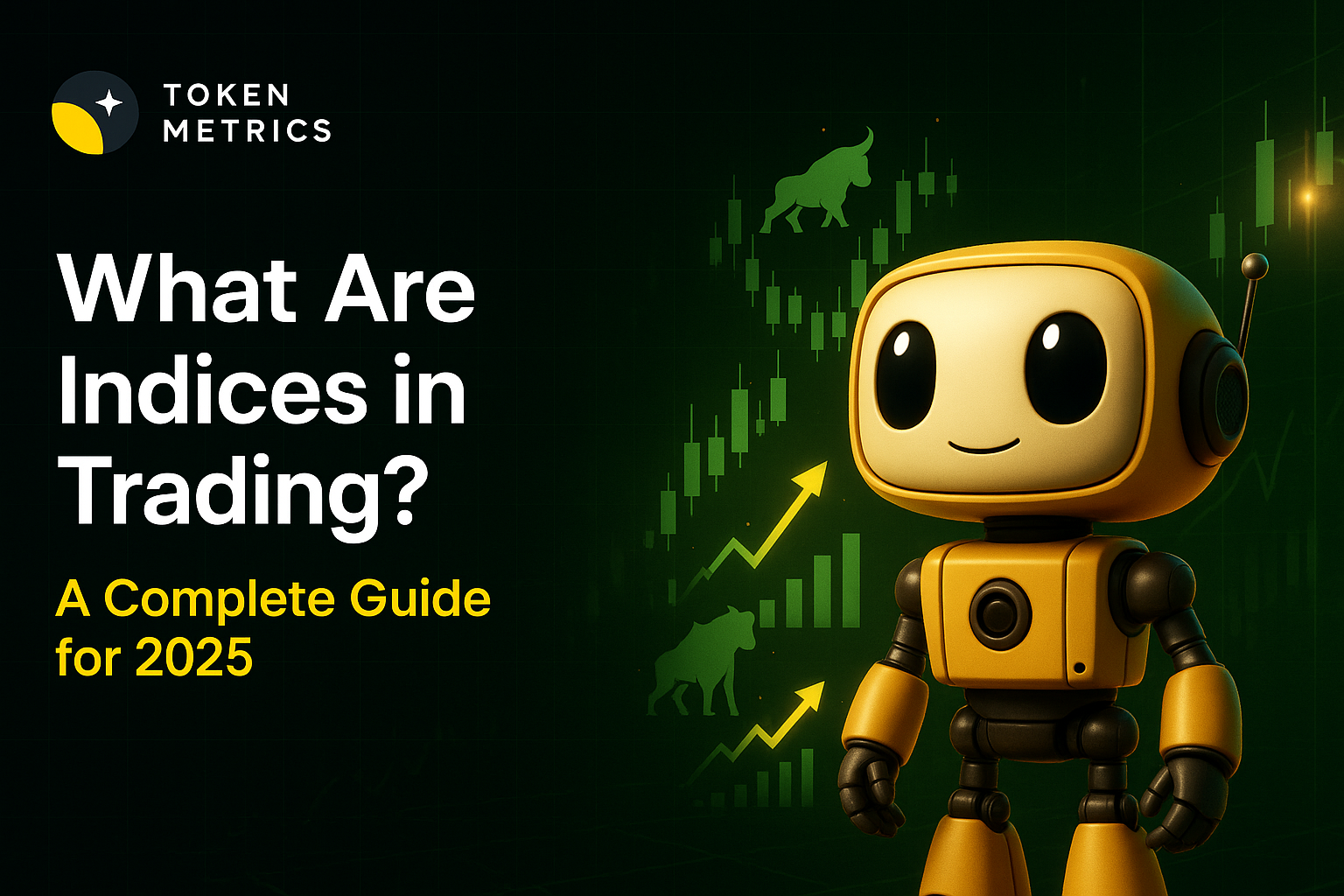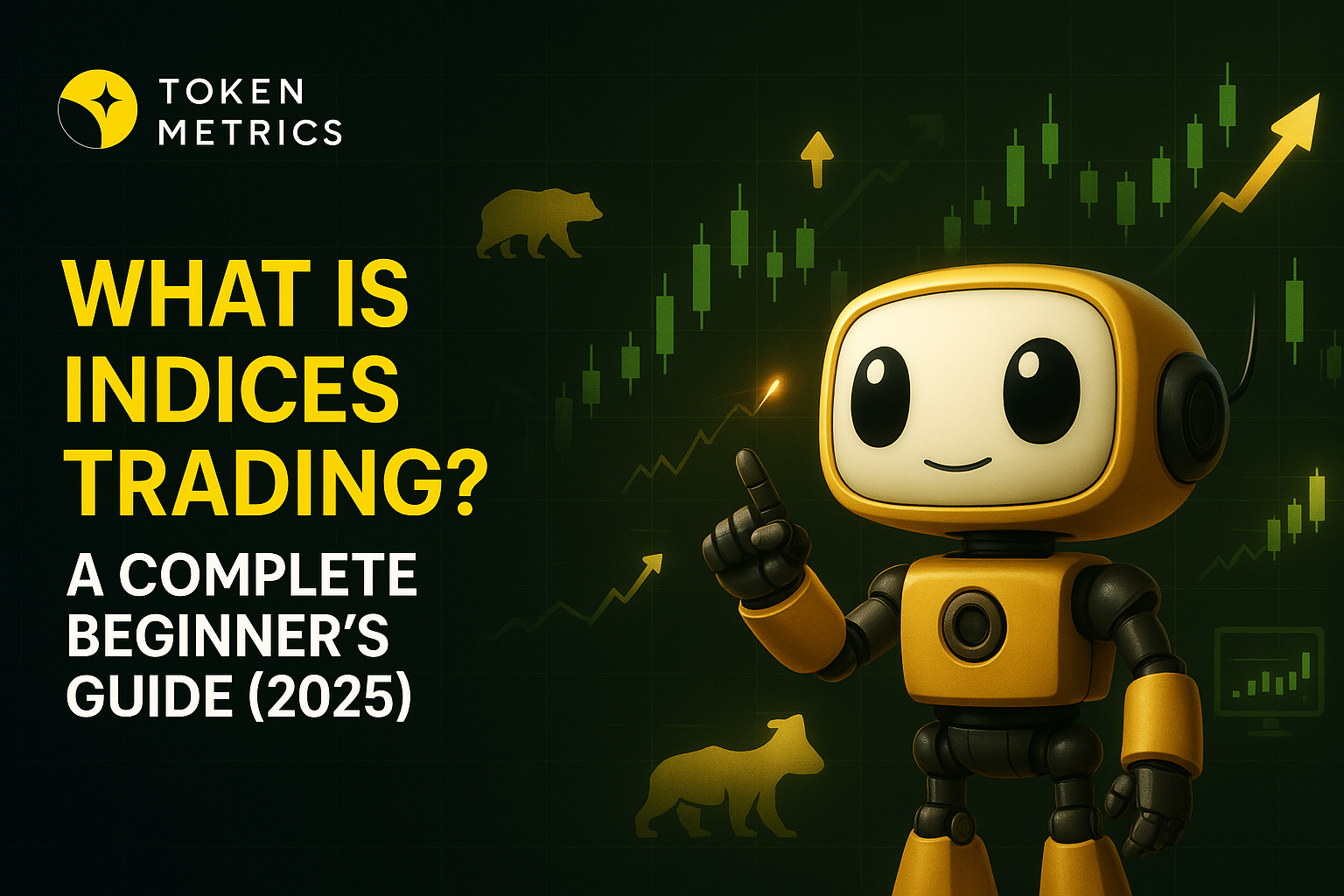
SUI Price Analysis: Short-Term Momentum Builds Amid Long-Term Uncertainty

SUI, a rising Layer 1 blockchain network, has been gaining traction recently—and Token Metrics' AI-powered tools were ahead of the curve in identifying its bullish momentum. On April 24th, the Token Metrics Trader Grade issued a bullish signal for SUI, and since then, the price has climbed nearly 22%, confirming the strength of the short-term trend.
But there’s more to this move than just price action. Token Metrics offers a unique perspective by analyzing both short-term and long-term signals through its proprietary Trader Grade and Investor Grade ratings. These grades offer a layered view of an asset's potential by using machine learning to evaluate over 80 on-chain, off-chain, and technical indicators.
Token Metrics AI: Bullish for Traders, Bearish for Investors
As of the latest data, SUI holds a “Strong Buy” rating on the Token Metrics Trader Grade, signaling powerful momentum for short-term traders. This suggests that swing traders and scalpers could benefit from the current trend, particularly if the price can decisively break through the immediate resistance at $4.25.
However, the Investor Grade tells a different story. While the short-term outlook is bullish, the long-term view remains cautious. The Investor Grade currently recommends a Sell, suggesting SUI may face challenges in sustaining gains over a multi-month time frame. This divergence highlights the importance of aligning your investment strategy with the appropriate time horizon.
TVL Growth Validates SUI’s Ecosystem Expansion
Beyond AI ratings, Token Metrics also factors in fundamental metrics—and one of the strongest tailwinds for SUI right now is its rapidly growing Total Value Locked (TVL). According to DeFi Llama, SUI’s TVL has surged to a new all-time high of $2.11 billion, cementing its position as the 8th largest blockchain by TVL.
This growth in TVL indicates that more capital is being deployed in the SUI ecosystem. It reflects increased user engagement with decentralized applications (dApps) on the network and signals rising confidence among DeFi participants. From a fundamental standpoint, this bodes well for SUI’s long-term utility—even if its price action hasn't yet caught up to the full extent of this growth.
Key Technical Levels: Breakout or Pullback?
From a technical analysis standpoint, SUI is now testing a major resistance at $4.25. A confirmed breakout above this level could send the asset surging toward new all-time highs, potentially igniting a new wave of momentum-driven buying.
However, if the price fails to breach this resistance zone, a pullback is likely. In that scenario, the $3.00 to $3.20 range should act as a solid support area. These levels will be critical for traders to monitor, and Token Metrics' real-time alerts can help users stay on top of such breakouts or reversals.
Trading Smarter with Token Metrics
Whether you're trading short-term breakouts or evaluating long-term positions, Token Metrics helps crypto investors make data-driven decisions. The platform’s dual-grade system—Trader Grade for momentum-based insights and Investor Grade for long-term trends—equips users with nuanced information to act with confidence.
Moreover, Token Metrics integrates this data directly into its AI Trading Agent and custom alerts system, ensuring you never miss an opportunity or warning signal. With instant access to heatmaps, technical breakdowns, and AI-based predictions, SUI traders can manage risk more efficiently and capitalize on emerging trends before the rest of the market catches on.
Final Thoughts
SUI is showing promising signs, especially with its network fundamentals improving rapidly and short-term momentum turning bullish. Still, the cautious long-term outlook suggests that traders should proceed with a balanced approach—watching both breakout levels and support zones, while leveraging tools like Token Metrics for real-time decision-making support.
As always, combining AI-driven insights with strong risk management is the key to navigating volatile markets like crypto. SUI is one to watch—and Token Metrics helps you stay one step ahead.

.svg)

Create Your Free Token Metrics Account

.png)




%201.svg)
%201.svg)


%201.svg)









.svg)




.png)